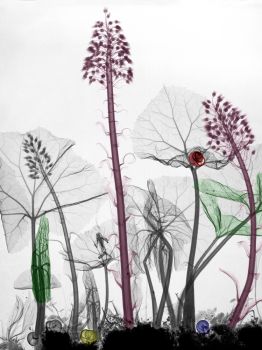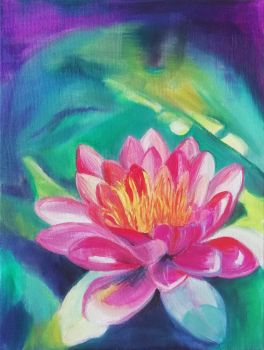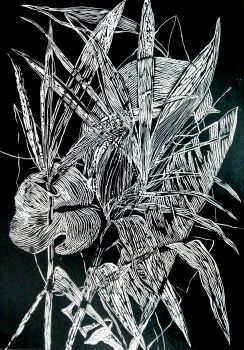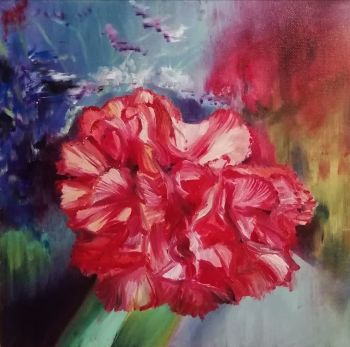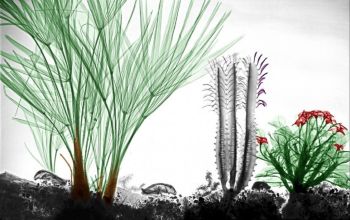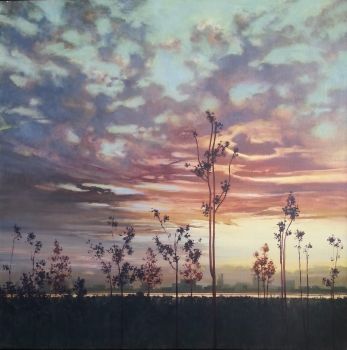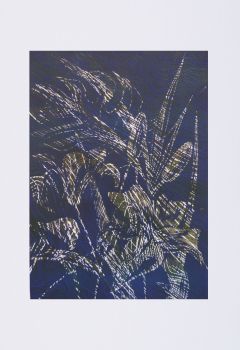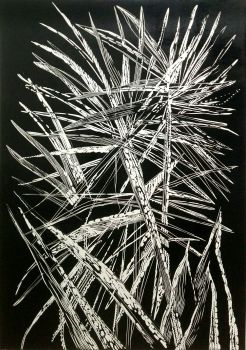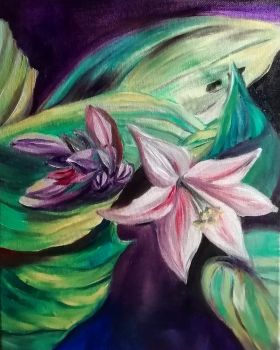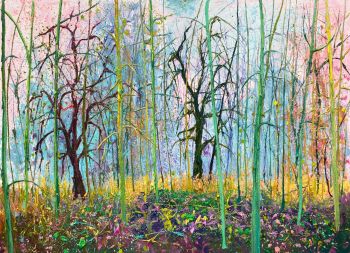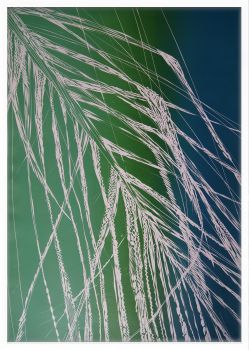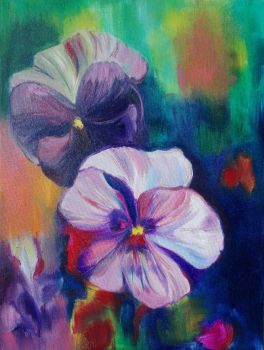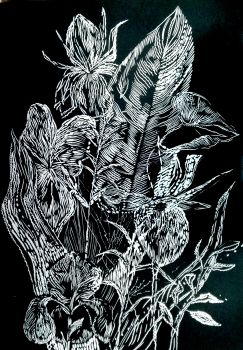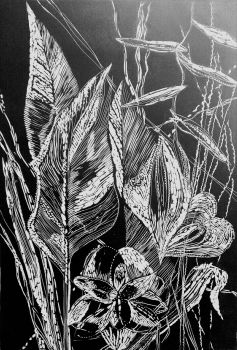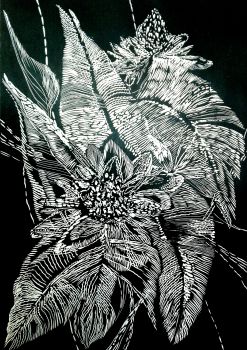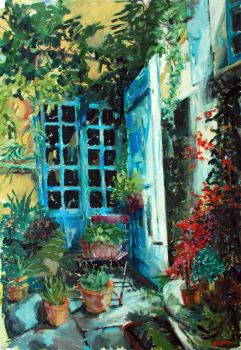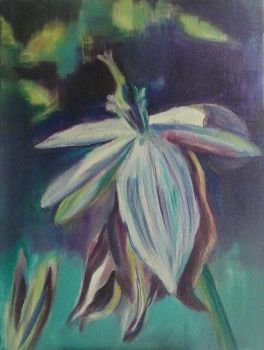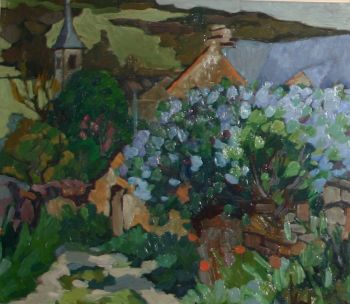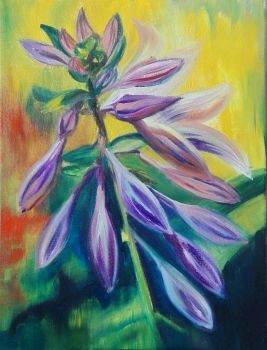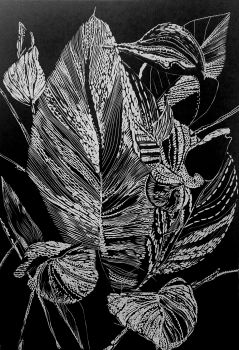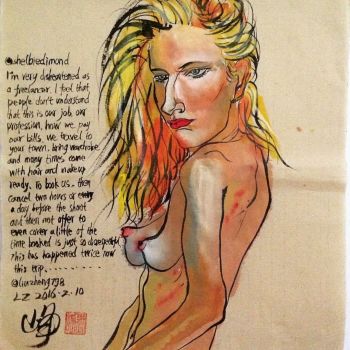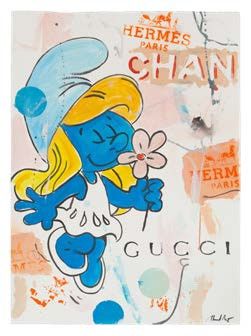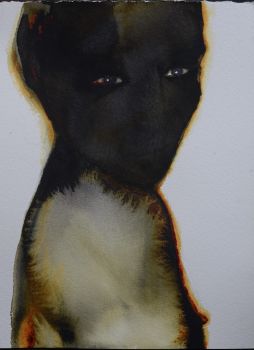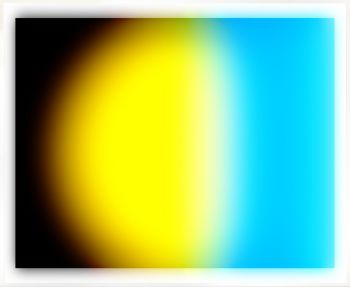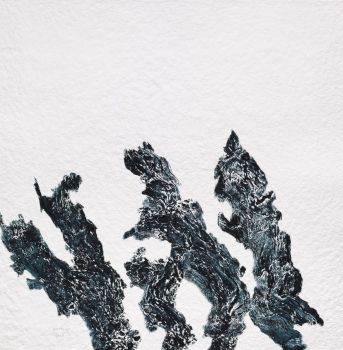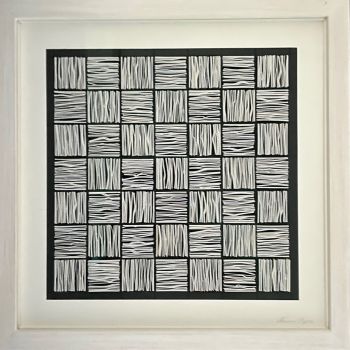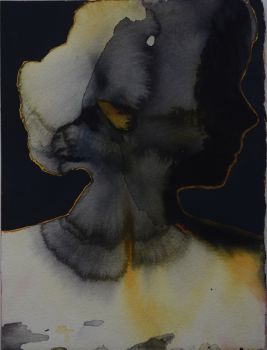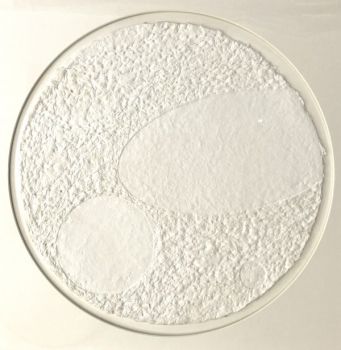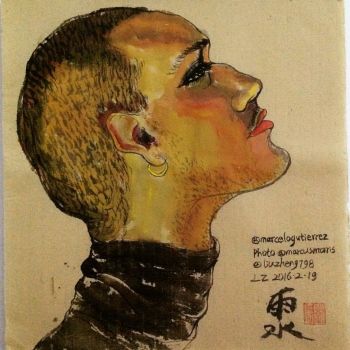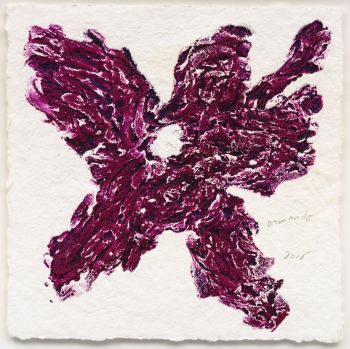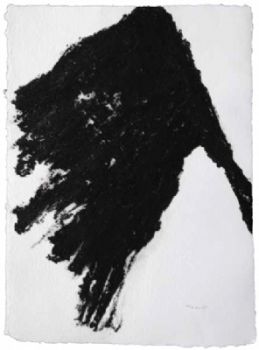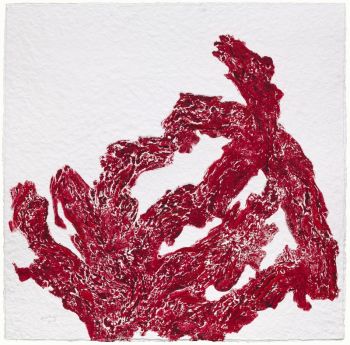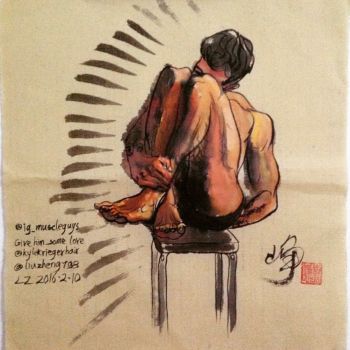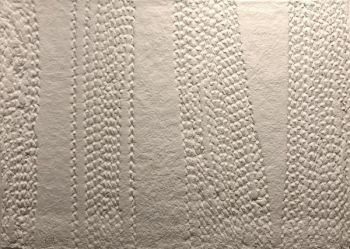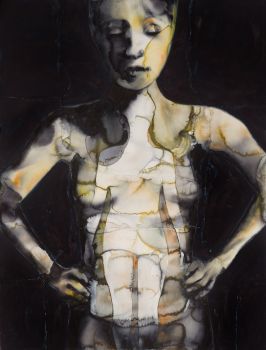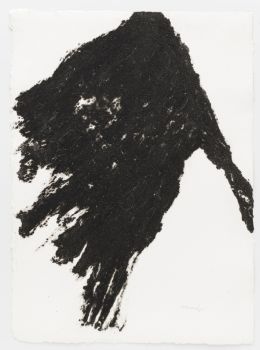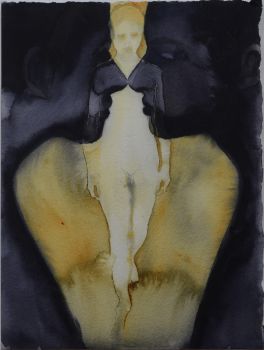Declaring Arabic medicinal plants “pernicious and venomous” for Europeans 1533
Symphorien Champier
PaperHandmade paperLeather
Currently unavailable via Gallerease
- About the artworkHortus Gallicus, pro Gallis in Gallia scriptus, veruntamen non minus Italis, Germanis, & Hispanis, qua[m] Gallis necessarius. ...
Including:
-Campus Elysius Galliae Amoenitate refertus: in quo sunt medicinæ compositæ, herbæ & plantæ virentes: in quo quicquid apud Indos, Arabes, & Poenos reperitur, ...
-Periarchon id est de principiis utriusque philosophiae, ...
Lyon, Melchior & Gaspar Trechsel, 1533. 3 parts in 1 volume. 8vo. With 3 title-pages each with the same woodcut device, the woodcut arms of Champier and Terrail (Champier's wife) in mirror image (plus 2 repeats), the Terrail arms at the end, 14 woodcut decorated initials plus 9 repeats, and a vine-leaf ornament. Gold-tooled red goatskin morocco by Hippolyte Duru for Joachim Gomez de la Cortina, Marqués de Morante, each board with Morante's crowned coat of arms and his crowned JGC cipher monogram in each of the four corners and 3 of the 6 spine compartments.
First issue of the first and only edition, in the original Latin, of a three related treatises arguing against the European use of the new medicinal plants that were beginning to find their way from the Middle East or "India" to European botanical gardens along with the great Arabic works of medical botany. Symphorien Champier (1471/72-ca. 1539), a humanist physician in Lyons, mixes elements of climate, ethnicity, nationalism and religion to claim that the exotic medicines were often "pernicious and venomous" for Europeans, and he proposes indigenous alternatives to them (God in his wisdom provides each region with the plants it needs). He takes this even to a national level within Europe, based on the differing character and nature of the people of different nations. He was influenced by Brunfels, who had made similar arguments for Germans to use German plants.
With an early owner's name on the title-page. Joachim Gomez de la Cortina (1808-1868), a Spanish senator and rector of the University of Madrid, was one of the leading bibliophiles of his day. The elegant binding is signed by Hippolyte Duru (1803-1884) in Paris and dated 1850. With waterstains and browning in the first 2 and last 2 leaves and the foot of 2 leaves in part 2, but otherwise in very good condition. The binding fine, a couple tiny insignificant scuff marks on the edges and a small label removed from the back paste-down. A lovely copy of a fascinating work, reflecting European fears of Arabic medical botany.
Allut 39; Baudrier XII, p. 240 ; Durling 934; Cat. lib. Gomez de la Cortina 11755 (this copy); for the binder Duru: Flety, p. 65. - About the artistSymphorien Champier (1471–1539), a Lyonnese doctor born in Saint-Symphorien (France), was related to the Chevalier de Bayard through his wife, Marguerite Terrail.
A doctor of medicine at Montpellier, Champier was the personal physician of Antoine, Duke of Lorraine, whom he followed to Italy with Louis XII and he finally settled in Lyon. He worked in Lyon where he established the College of the Doctors of Lyon. There he fulfilled the duties of an alderman and contributed to numerous local foundations, in particular L'Ecole des médecins de Lyon ("The School of the Doctors of Lyon").
Furthermore Champier studied Greek scholars and Arab medicine and composed a great number of historical works, including Chroniques de Savoie in 1516 and Vie de Bayard in 1525.He is known for his tract La nef des dames vertueuses [The Ship of Virtuous Ladies], one of the first 'feminist' treatises written in French. He was an extreme opponent to Renaissance occultism, and wrote in 1532 a 'Epistola campegiana de tranmutatione metallorum contra alchimistas’. Historians believe that he died in the second part of 1539.
Artwork details
Category
Subject
Material & Technique
Related artworks
Tilmanus Nicolaus Maastricht
Missale Romanum with Dutch silver mounts1788 - 1792
Price on requestJacob J. Roosjen SRI
Antonie Derkinderen
Memory book Exhibition of Dutch Painting1892
Price on requestKunsthandel Pygmalion
Engelbert Kaempfer
ENGELBERT KAEMPFER BOOK1651 - 1716
Price on requestZebregs & Röell - Fine Art - Antiques
Hermann Nitsch
"UNDER MY SKIN" Signed book incl. small artwork and DVD in a matching box2010 - 2014
Price on requestGallerease Selected
LAWRENCE WEINER
"SKIMMING THE WATER [MENAGE A QUATRE]" Signed book plus small artwork2010 - 2014
Price on requestGallerease Selected
Tilmanus Nicolaus Maastricht
Missale Romanum with Dutch silver mounts1788 - 1792
Price on requestJacob J. Roosjen SRI
Yoko Ono
YOKO ONO: "ARISING" SIGNED BOOK PLUS SMALL ARTWORK 2010 - 2014
Price on requestGallerease Selected
Antonie Derkinderen
Memory book Exhibition of Dutch Painting1892
Price on requestKunsthandel Pygmalion
Engelbert Kaempfer
ENGELBERT KAEMPFER BOOK1651 - 1716
Price on requestZebregs & Röell - Fine Art - Antiques
1 - 4 / 22- 1 - 4 / 24
- 1 - 4 / 24

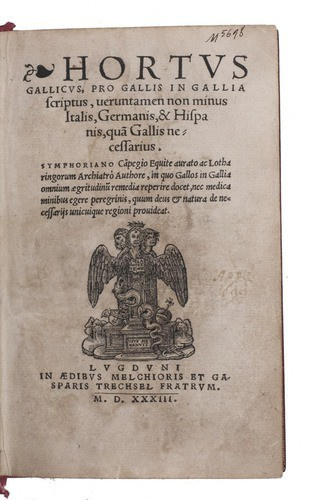










!["SKIMMING THE WATER [MENAGE A QUATRE]" Signed book plus small artwork by LAWRENCE WEINER](https://media-2.gallerease.com/images/442bfd5f-fc31-4e18-a2fa-ee0c08eade64/350x350/skimming-the-water-menage-a-quatre-signed-book-plus-small-artwork.jpg)









